O,.o.
AMD has patented Infinity Cache, lending credence to the rumors of its existence.

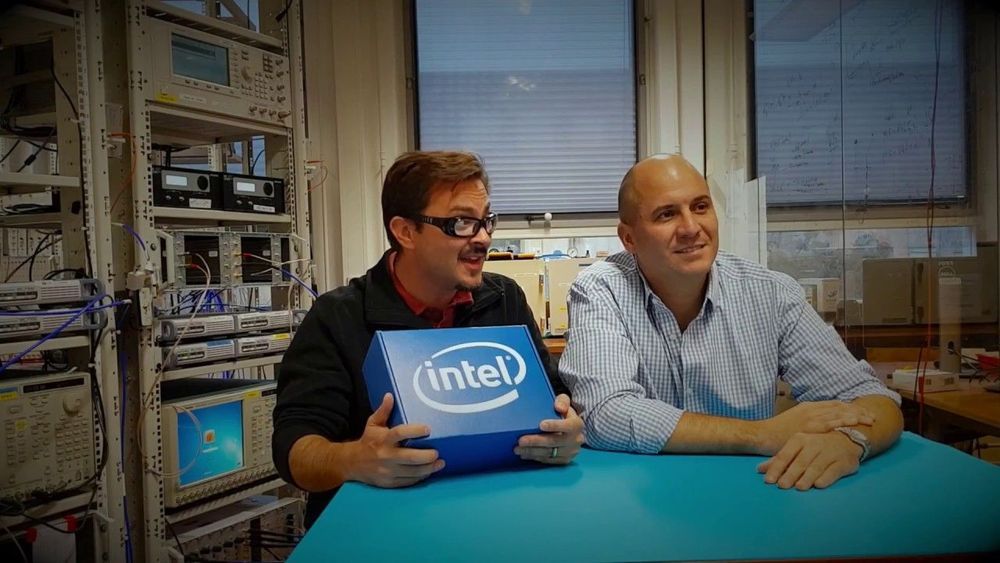
Circa 2017
Quantum computing is the next big technological revolution, and it’s coming sooner than you might think. IBM unveiled its own quantum processor this past May, scientists have been experimenting with silicon-laced diamonds (and basic silicon, too) as a quantum computing substrate, Google is already looking at cloud-based solutions and Microsoft is already creating a new coding language for the technology. Now Intel has taken another big step towards a quantum computing reality: the company has created a new superconducting chip using advanced material science and manufacturing techniques, and delivered it to Intel’s research partner in the Netherlands, QuTech.
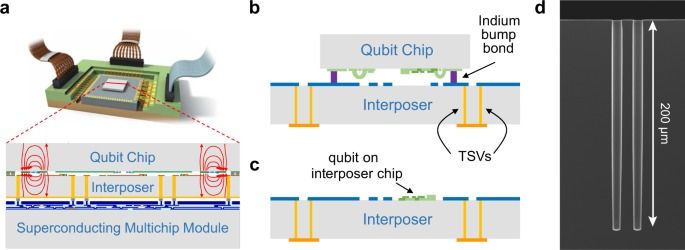
O,.o.
As superconducting qubit circuits become more complex, addressing a large array of qubits becomes a challenging engineering problem. Dense arrays of qubits benefit from, and may require, access via the third dimension to alleviate interconnect crowding. Through-silicon vias (TSVs) represent a promising approach to three-dimensional (3D) integration in superconducting qubit arrays—provided they are compact enough to support densely-packed qubit systems without compromising qubit performance or low-loss signal and control routing. In this work, we demonstrate the integration of superconducting, high-aspect ratio TSVs—10 μm wide by 20 μm long by 200 μm deep—with superconducting qubits. We utilize TSVs for baseband control and high-fidelity microwave readout of qubits using a two-chip, bump-bonded architecture. We also validate the fabrication of qubits directly upon the surface of a TSV-integrated chip. These key 3D-integration milestones pave the way for the control and readout of high-density superconducting qubit arrays using superconducting TSVs.
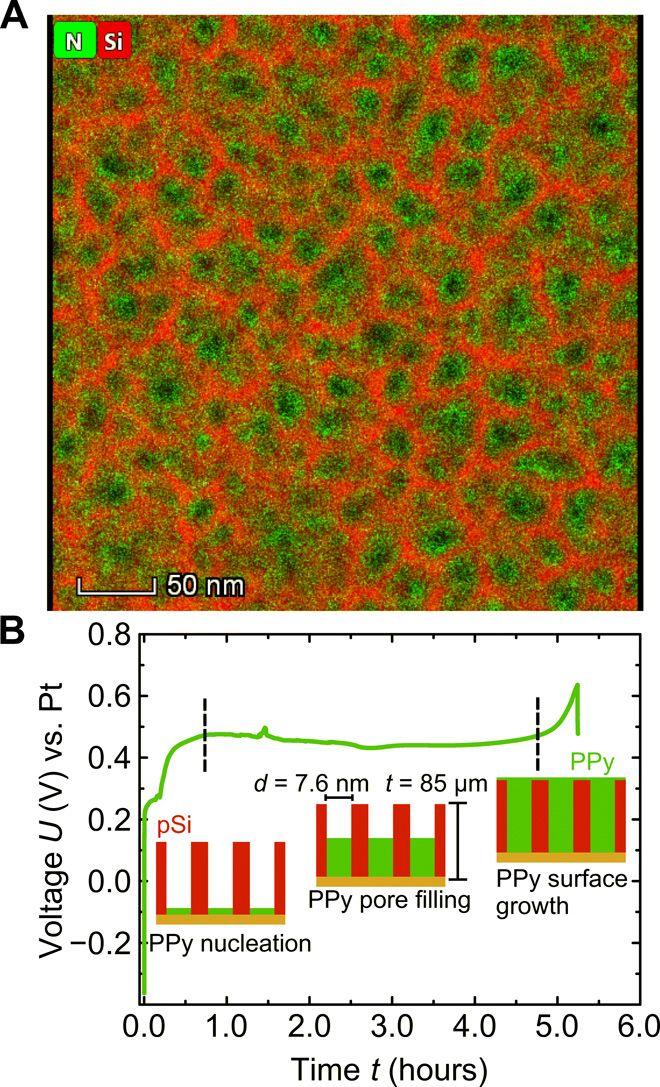
The absence of piezoelectricity in silicon makes direct electromechanical applications of this mainstream semiconductor impossible. Integrated electrical control of the silicon mechanics, however, would open up new perspectives for on-chip actuorics. Here, we combine wafer-scale nanoporosity in single-crystalline silicon with polymerization of an artificial muscle material inside pore space to synthesize a composite that shows macroscopic electrostrain in aqueous electrolyte. The voltage-strain coupling is three orders of magnitude larger than the best-performing ceramics in terms of piezoelectric actuation. We trace this huge electroactuation to the concerted action of 100 billions of nanopores per square centimeter cross section and to potential-dependent pressures of up to 150 atmospheres at the single-pore scale. The exceptionally small operation voltages (0.4 to 0.9 volts), along with the sustainable and biocompatible base materials, make this hybrid promising for bioactuator applications.
An electrochemical change in the oxidation state of polypyrrole (PPy) can increase or decrease the number of delocalized charges in its polymer backbone (1). Immersed in an electrolyte, this is also accompanied by a reversible counter-ion uptake or expulsion and thus with a marcroscopic contraction or swelling under electrical potential control, making PPy one of the most used artificial muscle materials (1–5).
Here, we combine this actuator polymer with the three-dimensional (3D) scaffold structure of nanoporous silicon (6–8) to design, similarly as found in many multiscale biological composites in nature (9), a material with embedded electrochemical actuation that consists of a few light and abundant elemental constituents (i.e., H, C, N, O, Si, and Cl).
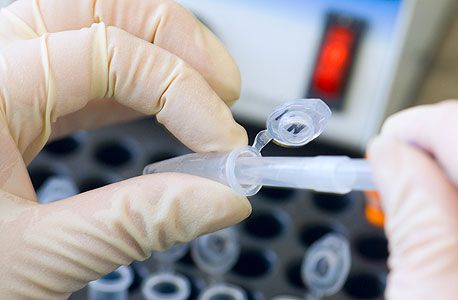

In the coming 2020s, the world of medical science will make some significant breakthroughs. Through brain implants, we will have the capability to restore lost memories.
~ The 2020s will provide us with the computer power to make the first complete human brain simulation. Exponential growth in computation and data will make it possible to form accurate models of every part of the human brain and its 100 billion neurons.
~ The prototype of the human heart was 3D printed in 2019. By the mid- 2020s, customized 3D- printing of major human body organs will become possible. In the coming decades, more and more of the 78 organs in the human body will become printable.
…As we enter into the next few decades, we will have the technologies that grant us the possibility of immortality, albeit one that is highly subjective.
With our ability to 3D print new body organs, our ability to use nanotechnology in fighting death at cellular levels, our ability to use CRISPR or other gene-editing technology to rewrite our definition of humans and even our ability to capture and extend our consciousness beyond the confines of the biological weakness of our human bodies — immortality may be within reach of our fingers as depicted in the painting of Michelangelo.
The race to human 2.0 will be run broadly in two spectrums — the evolution of our body and the evolution of our minds.
Excerpt from my book — 2020s & The Future Beyond.
#Future #Humanity #Transhumanism

Synthetic biology startups raised some $3 billion through the first half of 2020, up from $1.9 billion for all of 2019, as the field brings the science of engineering to the art of life.
The big picture: Synthetic biologists are gradually learning how to program the code of life the way that computer experts have learned to program machines. If they can succeed — and if the public accepts their work — synthetic biology stands to fundamentally transform how we live.
What’s happening: SynBioBeta, synthetic biology’s major commercial conference, launched on Tuesday, virtually bringing together thousands of scientists, entrepreneurs, VCs and more to discuss the state of the field.

To operate safely and reliably in outdoor environments, electronic devices should be resistant to a wide variety of external factors, including radiation. In fact, high-energy radiation can damage several components of field-effect transistors (FETs) commonly used to make electronics, including their superconducting channel, gate oxide and the insulating materials surrounding it (e.g., isolation or substrate oxides).
For several years, research teams worldwide have thus been trying to devise strategies that could make transistors more resistant to radiation. So far, however, this has proved to be highly challenging, and only a few of the techniques proposed in the past have achieved promising results.
Researchers at Peking University, the Chinese Academy of Sciences and Shanghai Tech University have recently fabricated a radiation-hardened and repairable integrated circuit (IC) based on carbon nanotube transistors with ion gel gates. This IC, first presented in a paper pre-published in Nature Electronics, could be used to build new electronic devices that are more resistant to high-energy radiation.

The updates don’t come every spring and fall, but space operating systems keep evolving.
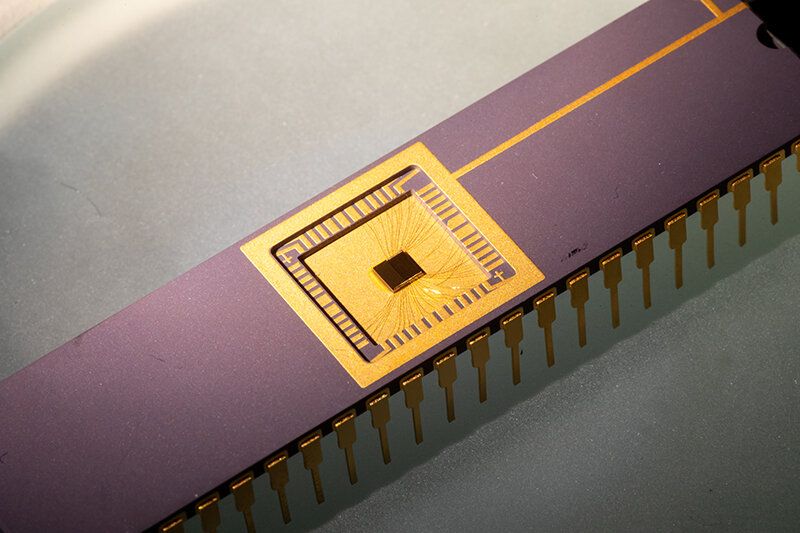
A team of University of Arkansas physicists has successfully developed a circuit capable of capturing graphene’s thermal motion and converting it into an electrical current.
“An energy-harvesting circuit based on graphene could be incorporated into a chip to provide clean, limitless, low-voltage power for small devices or sensors,” said Paul Thibado, professor of physics and lead researcher in the discovery.
The findings, published in the journal Physical Review E, are proof of a theory the physicists developed at the U of A three years ago that freestanding graphene—a single layer of carbon atoms—ripples and buckles in a way that holds promise for energy harvesting.